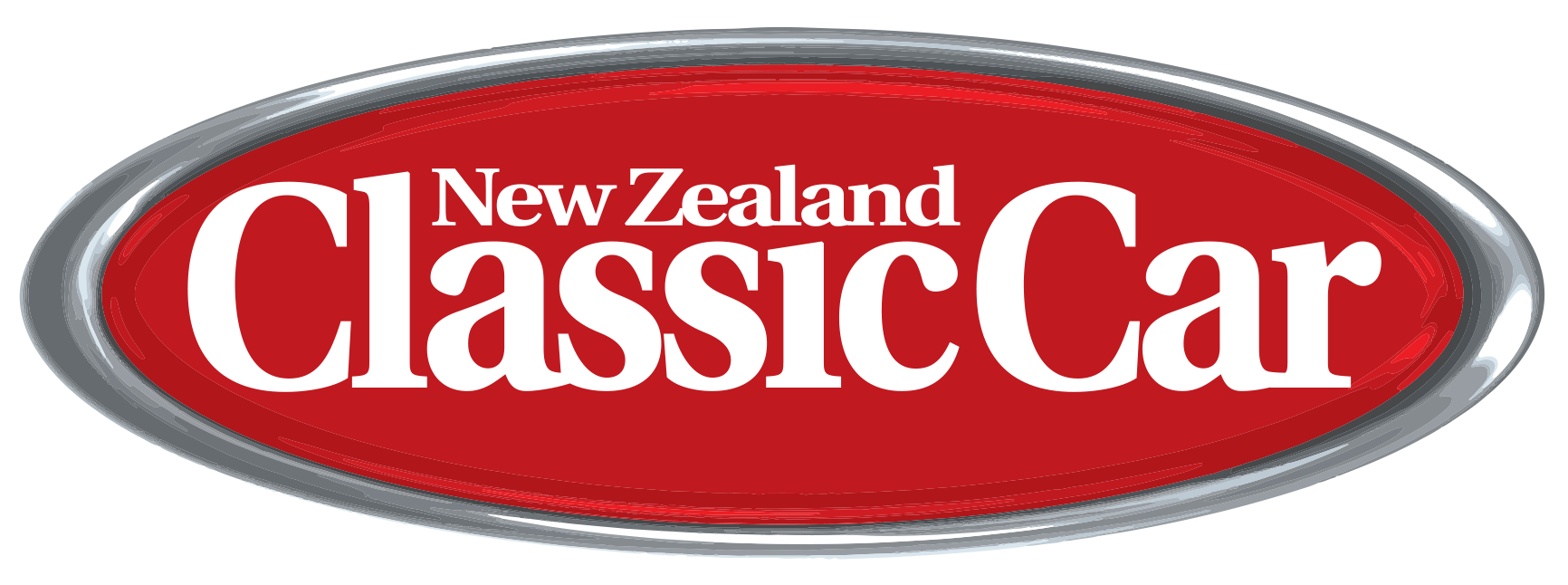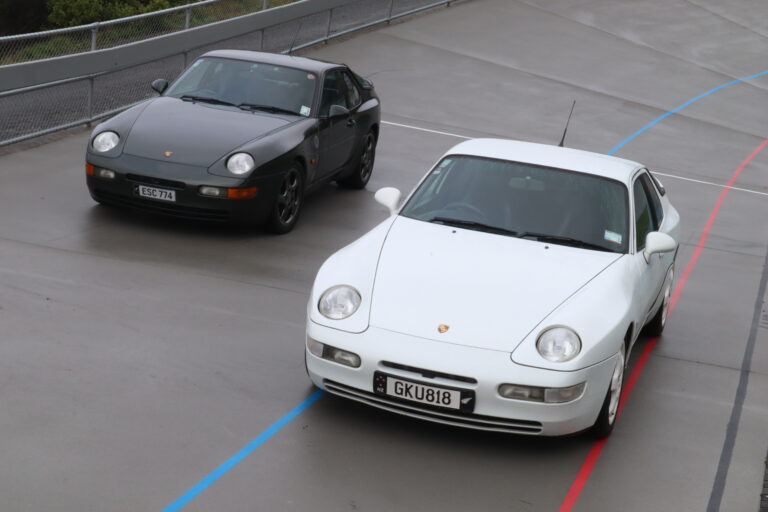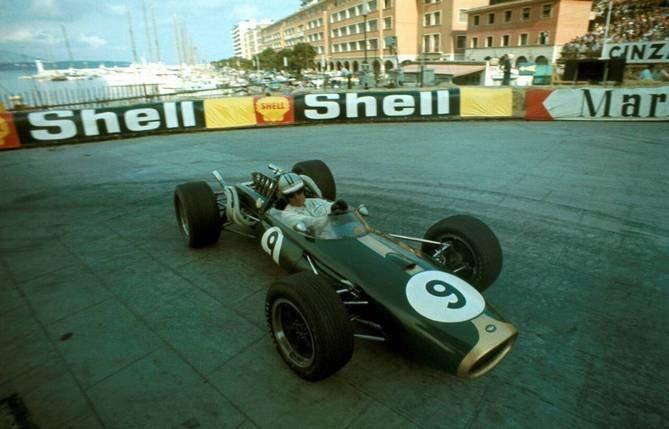Following on from our team nominating what they’d be buying with $5,000 in their pockets, we generously doubled the hypothetical budget and sent the team on a mission. What would they be buying for $10,000?
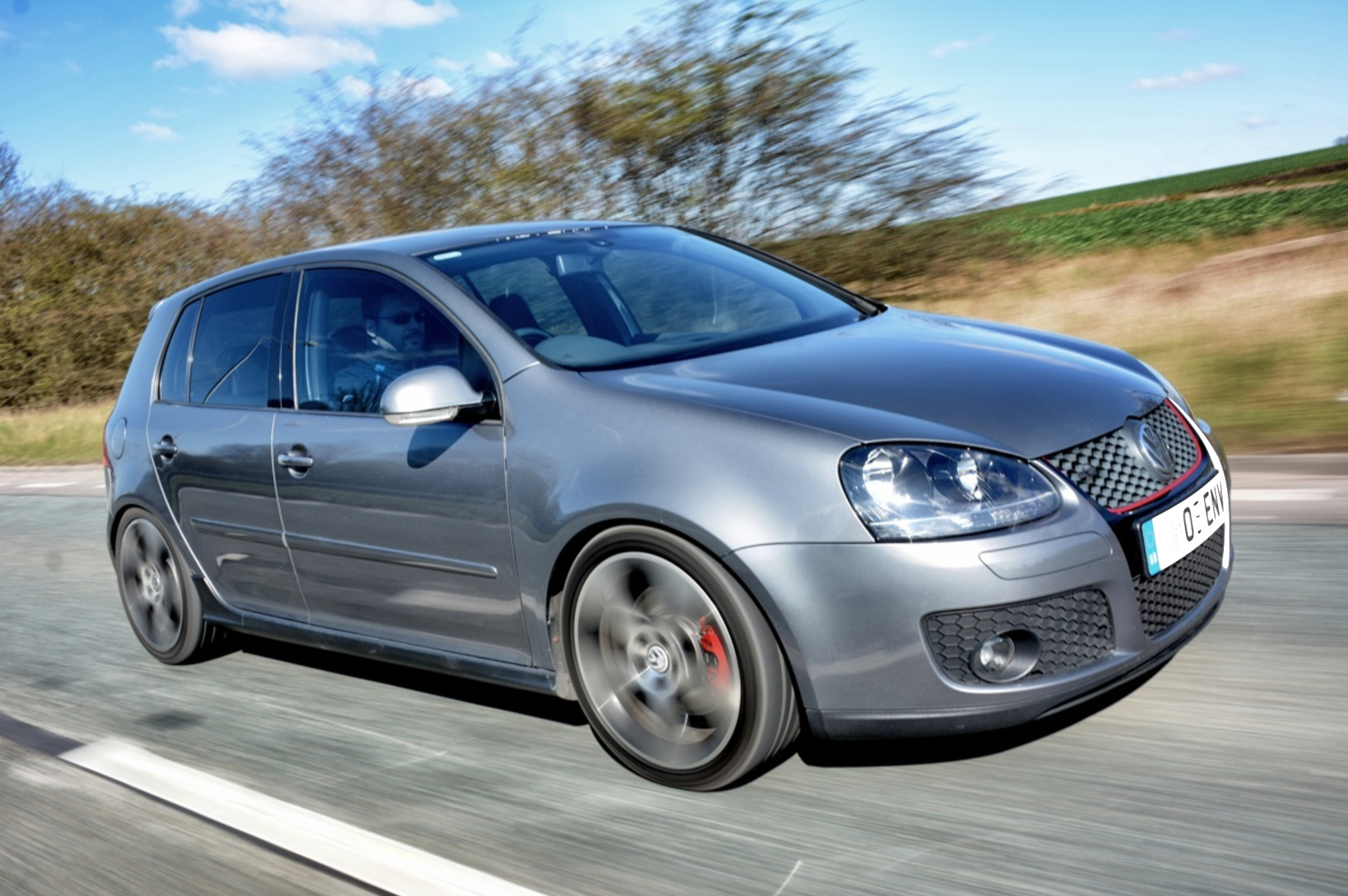
Lachlan Jones — NZ Classic Car
Volkswagen Golf GTI (MK5): We had a MK5 GTI as a family car for a fair while that did everything we asked of it and more. The DSG gearbox was a revelation at the time (in fact, very little is different from the unit VW use in the MK7 GTI and R) and with 200hp out of the box, it was quick enough, too (an extra $1,000 for a remap will see the GTI up to 250-odd-hp quite easily). With a stiffer chassis and significantly reduced understeer from the lacklustre MK4, the MK5 GTI was a game changer for not just VW but what we’ve come to expect of the modern hot hatch.
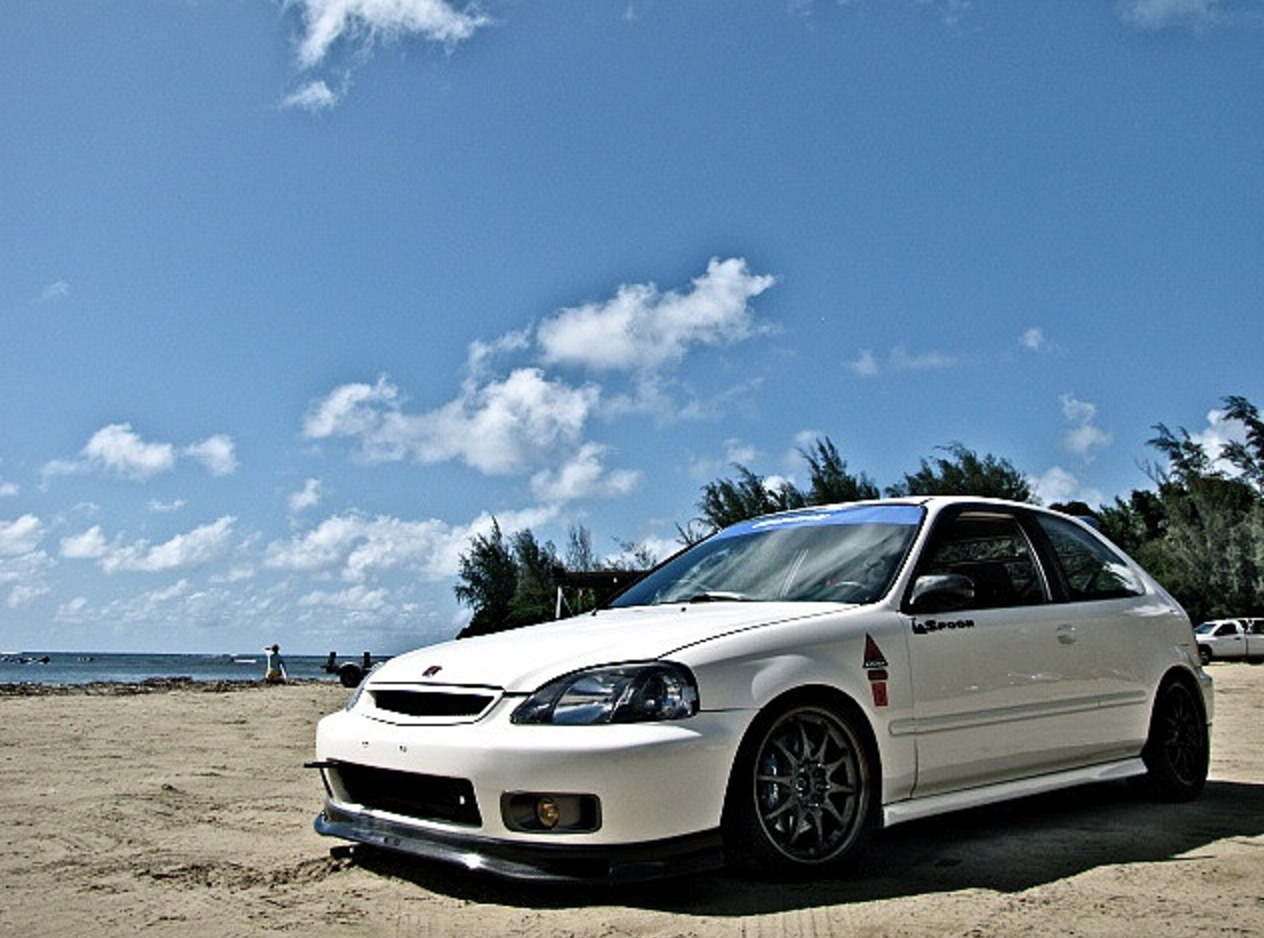
Jaden Martin — NZ Performance Car
Honda Civic Type R (EK9): Coming in at ⅙ of the price that the latest incarnation commands, the EK9 still sits as the ultimate cheap hot hatch in my eyes. It still has that full road feel that more modern cars seem to lose in the name of comfort and its 1.6-litre screaming heart packs enough of a punch to chuck a smile on your face. They are probably the most attractive of the Civic Type R family, too.
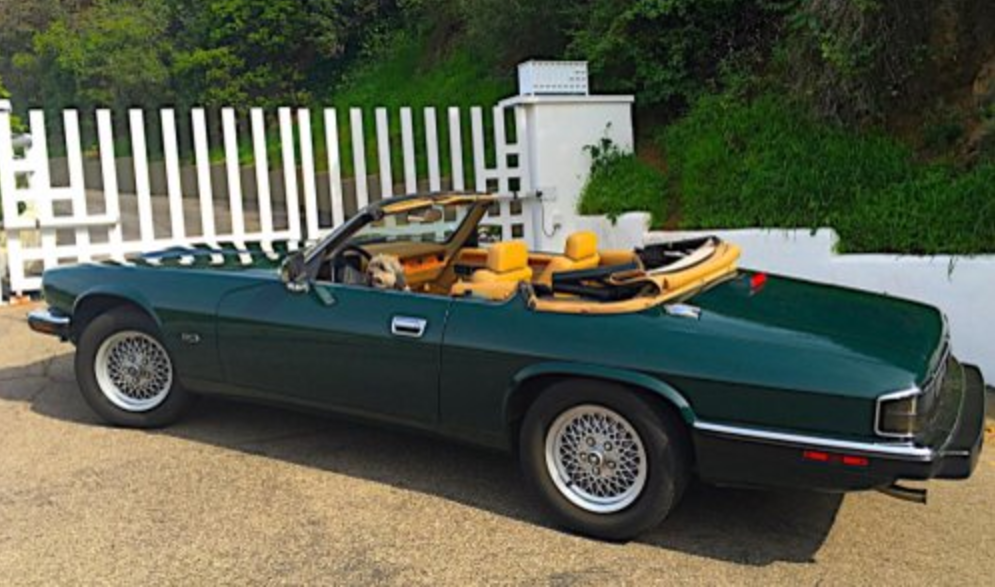
Ashley Webb — NZ Classic Car
A Jaguar XJS. They’re on their way to becoming quite collectable and there is no denying they look fantastic.
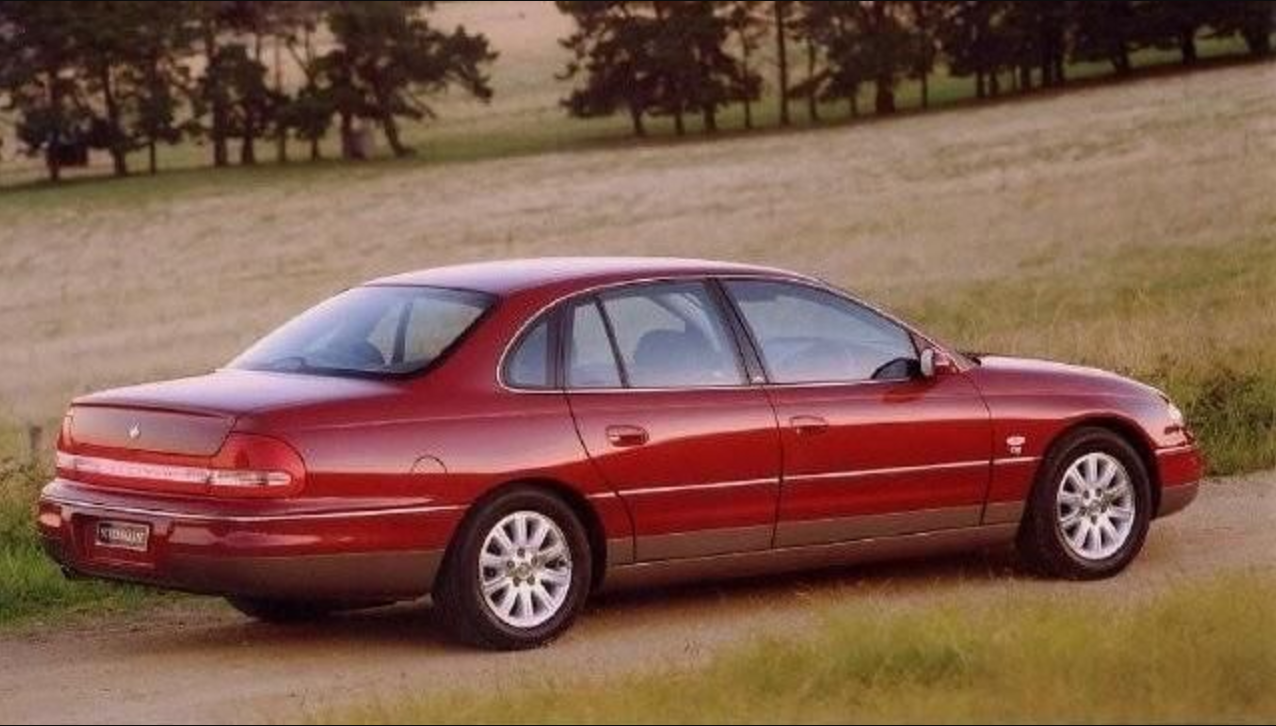
Todd Wylie — NZV8
A WH Holden Statesman is a whole lot of car for the money, so much car that it’d be hard to beat in terms of luxury, presence and performance in my mind. I’ve owned a Statesman before, and still can’t understand why they’re cheaper than a standard wheelbase Calais or similar. If you’re in the market for a V8-powered family hauler, make sure to take a look, as you won’t be disappointed.
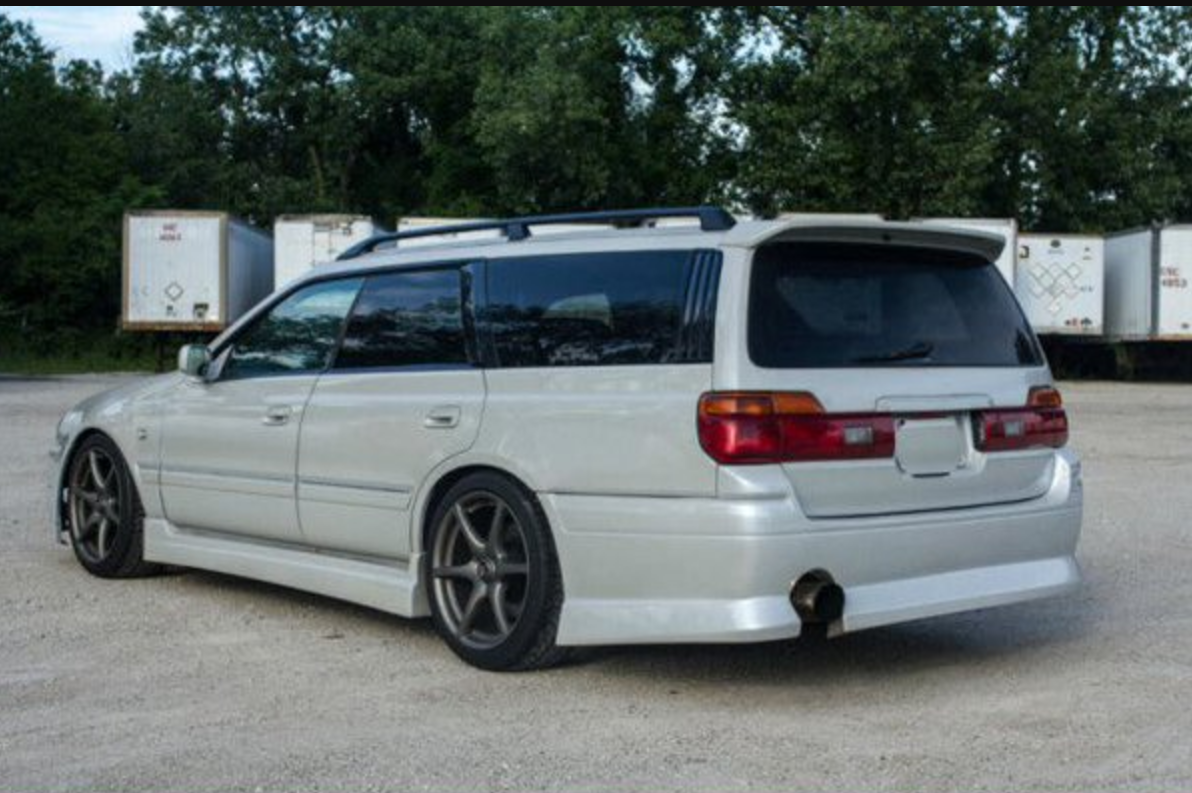
Connal Grace — NZV8
I could opt for a manual 308-powered VK Commodore, or an XE Falcon panelvan, but I’m going to go with the Nissan Stagea RS Four — manual, of course. The factory RB25DET turbo six will make over 300hp with minor modification, and with a gratuitous boot area, this is the perfect life-proof vehicle.
